Hiring displaced talent in the United States
Recruit top talent and demonstrate your corporate values to the world.
Programme overview
In the United States, Talent Beyond Boundaries matches refugees seeking international employment opportunities with employers in need of their skills. TBB can assist employers to identify appropriate immigration options. These may include nonimmigrant visas (H-1B for cap-exempt employers, L-1, O-1), immigrant visas (EB-2 NIW, EB-3), and humanitarian pathways.
TBB acknowledges the work of partners, funders, advocates, and policy-makers in bringing our U.S. programme to life.
Eligibility
TBB welcomes inquiries from new employers who are willing to hire internationally, provide initial support to successful candidates, and be understanding of refugee candidates’ circumstances. The nature of the role(s) that the employer wishes to fill will dictate the costs and the length of immigration processing.
Step-by-step process
-

1) Identify role
Tell us about a role you need filled in your business. We’ll identify suitable candidates, check their visa eligibility, and provide you with a shortlist.
-

2) Recruitment
We facilitate remote recruitment, including video interviews and any other skills testing required. If a TBB applicant is your preferred candidate, you issue a job offer.
-

3) Immigration
We support you and the TBB applicant through the visa application process, and connect you with expert immigration advice.
-

4) Welcoming
We help you prepare for the arrival of your new recruit. To ensure they are supported to flourish, we connect you with local immigrant service providers.
-

5) Post-arrival
We provide ongoing support via regular check-ins with your new recruit and their direct manager for 12 months post-arrival.
Recruitment
Once the employer identifies a role, TBB will present a shortlist of candidates from our Talent Catalog - a pool of approximately 106,000 skilled people, most of whom are currently living displaced in Jordan and Lebanon, where we have offices and local staff.
The employer can then include these candidates in their normal recruitment process, and TBB can organize remote interviews. Employers are responsible for assessing a candidate's skills and experience and deciding whether they are suitable for a particular role.
When the recruitment process is complete, employers can extend a job offer to their preferred candidate/s, then commence immigration and mobility processes.
Immigration and relocation
Once a U.S. employer makes a job offer and it is accepted by a TBB candidate, TBB will work with the employer and our preferred immigration partners at Fragomen (or the employer's immigration partner) to prepare the immigration application on behalf of the employer and the candidate.
Welcoming new arrivals
Successful candidates usually begin work two weeks after arrival in-country. TBB connects the employer and candidate with community-led welcome groups and refugee-serving organizations to ensure that candidates and their family members are welcomed into the community.
TBB stays connected with the employer, candidate and their family for 12 months post-relocation.

“The very exciting aspect of this [TBB model] is that it provides a regular, legal pathway… something that the voting public—the communities that we all live in—will see the advantage of.”
Gillian Triggs | UNHCR
Timeline
The recruitment and immigration process can take one year or longer, depending on the visa pathway, whether the employer has prior labour certifications, and availability of U.S. visa interviews in the location where the candidate lives.
Costs
The cost to U.S. employers is in line with any international hire, and includes:
Visa application and associated charges;
Immigration legal fees (for assistance with the visa process); and
General relocation costs such as flights and temporary accommodation upon arrival.
TBB does not charge a fee for the recruitment and settlement coordination services that we provide. We rely on donations and grants to support our work.
Employers looking to hire in STEM
Many employers choose to look at international talent to fill highly specialized roles if they cannot find qualified, willing, and able workers in the United States.
If you are an employer with a candidate in mind that you would like to hire (or have already hired), we encourage you to consult with an immigration attorney specialized in employment-based visas. For roles in the United States, Talent Beyond Boundaries can connect you with our trusted immigration partners to consult on possible visa pathways. Employers may also wish to review the American Immigration Council’s Guide to Hiring Noncitizens on Temporary Visas. For roles in other countries, Talent Beyond Boundaries (TBB) may be able to share information about possible pathways.
If you are an employer looking for talent and willing to sponsor a visa, TBB is one organization that can help you find the right talent. With a focus on matching displaced talent with employers who need their skills, TBB maintains a database of candidates and can do a customized talent search for your open position(s). If you are interested in recruiting talent to sponsor with TBB you can complete this request to hire form.
STEM Talent Connect is another platform that helps U.S. companies access highly skilled STEM researchers with specialized expertise. Employers can register on this platform to post open positions and browse profiles of STEM candidates.

Getting started
Interested in hiring displaced job seekers in the United States?
Complete our request to hire form today or contact us for more information.
Our partners in the United States
Refugee Council USA
IMPRINT
Refugee Advocacy Lab
FAQ
-
Our model is employer-driven. TBB shortlists candidates based simply on how closely their skills and experience match the job description provided by an employer.
The more information we have, the stronger a shortlist we can provide. The final decision about whether or not to hire a candidate is always made independently by the employer.
-
Yes. The primary visa applicant can bring their spouse and unmarried children under 21. In some cases, for practical reasons, the primary applicant may elect to relocate first in order to start work, then make arrangements for their family to join them.
-
TBB’s mission is to expand the number of refugees with legal immigration pathways to safety. Refugees who relocate based on employment-based visas do not reduce the number of refugees who can relocate through the U.S. refugee resettlement program.
TBB calls on the U.S. government to improve asylum laws to meet humanitarian needs and international obligations, and to grow and strengthen its resettlement program.
-
Yes, there are other ways to contribute to the work of refugee labour mobility:
Donate: TBB is a nonprofit organization. Funding partners make donations of all sizes to support our work helping refugees resume their careers and rebuild their lives. You can make a donation here, or contact us to discuss different options for support.
Volunteer: Giving your time as a volunteer is another way to support TBB. There are a variety of opportunities in the United States for volunteers, interns and pro-bono advisors with the skills and drive to support our mission. Please complete this Volunteer Registration form to let us know how you’d like to get involved.
Additional resources
U.S. Advisory Council
Talent Beyond Boundaries
Refugee Labor Mobility in the United States: Obstacles and Opportunities
Oct 2022 | Talent Beyond Boundaries
Labour mobility how-to guides for employers and recruiters
Talent Beyond Boundaries
